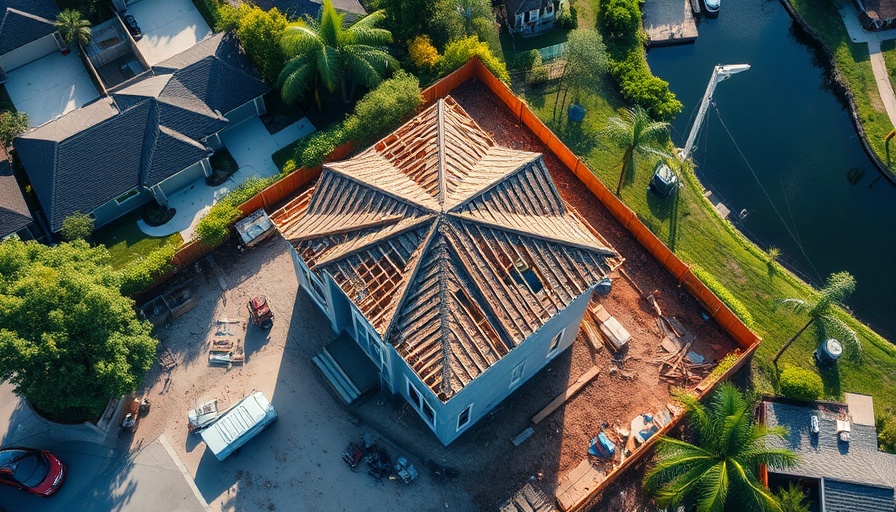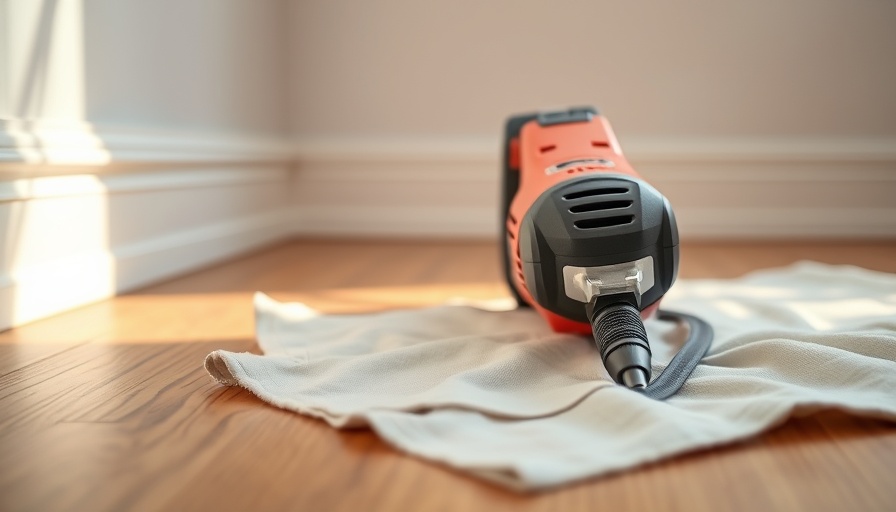
Understanding Air Leaks: The Silent Energy Drainers
Many homeowners don’t realize that their energy bills might be higher than necessary due to unintentional air leaks. This is particularly common in older homes where drafts can significantly compromise heating and cooling efficiency. By identifying and repairing these leaks, homeowners not only improve comfort but also save money. It becomes essential, then, to know where these leaks are most likely to occur.
Crucial Areas to Inspect for Leaks
Air leaks can be found in several common areas throughout a house. Check gaps around windows and doors, electrical outlets, and even baseboards. Attics, basements, and crawl spaces are also hotspots for air intrusion. By focusing on these spots during inspections, homeowners can effectively pinpoint where they might need repairs.
The Role of Smoke Testing in Leak Detection
One of the most effective methods for detecting air leaks is the smoke test. This simple yet empowering technique involves using smoke—often from a smoke pencil or smoke stick—to visualize the flow of air in and around your home. When smoke encounters a draft, it swirls and moves, allowing contractors and homeowners alike to see where air is leaking in or out. This visual cue can highlight areas that need weather stripping, caulking, or other forms of insulation to seal the leaks, ultimately improving effectiveness and comfort.
DIY Solutions for Sealing Air Leaks
For homeowners interested in tackling sealing on their own, there are several DIY solutions available. Weather stripping is an affordable and straightforward option for doors and windows that often suffer from gaps. Similarly, using caulk around windows and electrical sockets can significantly reduce air leakage. Homeowners can also consider insulating their attics and crawl spaces to impede drafts from flowing into living spaces.
The Environmental Impact of Energy Efficiency
Reducing air leaks not only benefits homeowners financially but also has a significant positive impact on the environment. By improving energy efficiency in homes, electricity consumption decreases, which contributes to a reduced carbon footprint. This small action can accumulate into larger environmental benefits, showcasing that individual actions can lead to collective change.
Engaging Professional Help: When & Why
While many air leaks can be repaired with DIY methods, there are instances where professional assistance can provide a more thorough solution. Professionals have access to advanced tools and expertise that can ensure that leaks are not just repaired but minimized effectively. Furthermore, contractors can offer long-term solutions and guidance on maintaining a home’s integrity over time.
Practical Insights: Making Your Home Air-Tight
To wrap up, homeowners can do several things to make their homes more efficient and energy-conscious:
- Conduct regular checks on known leak areas, especially before winter.
- Invest in energy-efficient windows and doors during renovations.
- Consider a professional energy audit for a comprehensive assessment.
 Add Row
Add Row  Add
Add 




Write A Comment